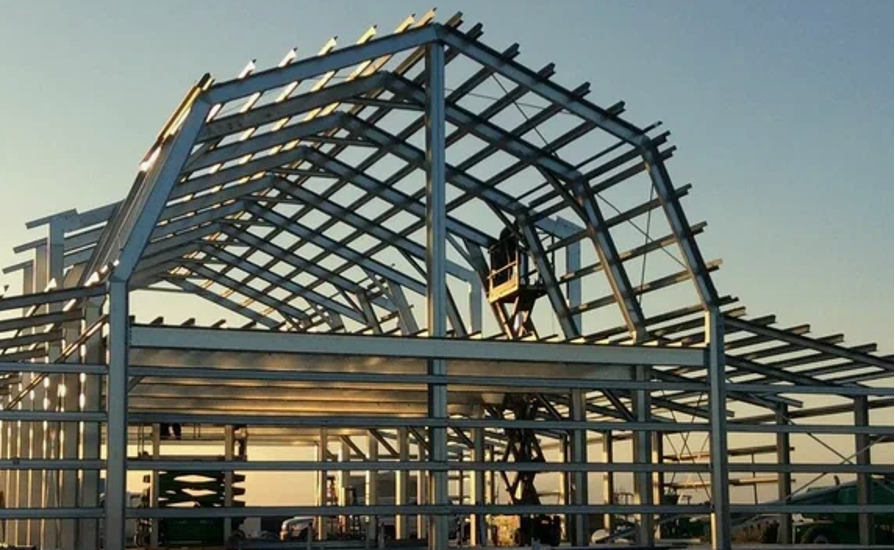The construction industry is always changing, and Structural Engineering is at the heart of these transformations. As we look toward 2025, there are exciting trends that promise to make construction more efficient, sustainable, and safe.
In this blog, we’ll take a closer look at these trends and how they will impact the construction industry. Staying ahead of these changes is important for engineers and architects to build better, more reliable structures in the future.
1. The Rise of Digital Twins:
Digital twins are virtual copies of physical buildings or structures. In 2025, we will see more of these models used to track real-time conditions, predict problems, and improve performance throughout a building’s life. For example, engineers will be able to test how a structure reacts to extreme weather or material wear before it actually happens, helping to prevent damage and maintain safety.
2. AI and Machine Learning Integration:
Artificial intelligence (AI) and machine learning (ML) are changing how structural engineers work. These technologies are now being used to automate tasks like structural analysis and optimize designs for better material use. In 2025, engineers will have even more advanced tools powered by AI to help with things like earthquake-proof designs and detecting structural damage early.
3. Sustainable and Resilient Design:
Sustainability is key in modern construction. For a Structural Engineer in Phoenix, AZ, focusing on eco-friendly materials, reducing carbon emissions, and designing buildings that can handle climate changes is essential. In 2025, we will see more emphasis on using recycled materials and building structures that can be easily disassembled and reused to reduce waste.
4. Advanced Materials and Manufacturing:
Innovations in materials are allowing for stronger, lighter, and more durable structures. New materials like fiber-reinforced concrete and self-healing materials are becoming more common. Combined with technologies like 3D printing and prefabrication, these materials are making it possible to create complex structures faster and more efficiently.
5. Prefabrication and Modular Construction:
More construction projects are moving toward off-site fabrication and modular building methods. These techniques are faster, cheaper, and help improve the quality of construction. By 2025, we can expect to see more use of prefabricated parts and modular systems for all types of buildings, from homes to large commercial structures.
6. Focus on Structural Health Monitoring:
Structural health monitoring (SHM) systems help track the condition of buildings over time. These systems use sensors to detect damage and assess a structure’s overall safety. In 2025, SHM will be even more advanced, allowing for early maintenance and preventing serious issues before they happen.
7. BIM and Collaborative Workflows:
Building Information Modeling (BIM) is a tool that helps engineers, architects, and contractors work together more efficiently. It allows everyone involved to share accurate and up-to-date information about a project. In 2025, BIM will continue to improve, making it even easier to integrate design, analysis, and construction processes.
Looking Ahead:
The world of structural engineering is always changing, and 2025 will be a year full of exciting developments. By staying up-to-date with these trends, engineers can create safer, more sustainable, and innovative buildings that will shape the future of construction.
These trends will make buildings safer and better for the environment. In 2025, construction will become smarter and more efficient.
Let Sumer Innovations help connect professionals with the latest technologies and solutions to stay ahead of these changes and drive progress in the industry.





